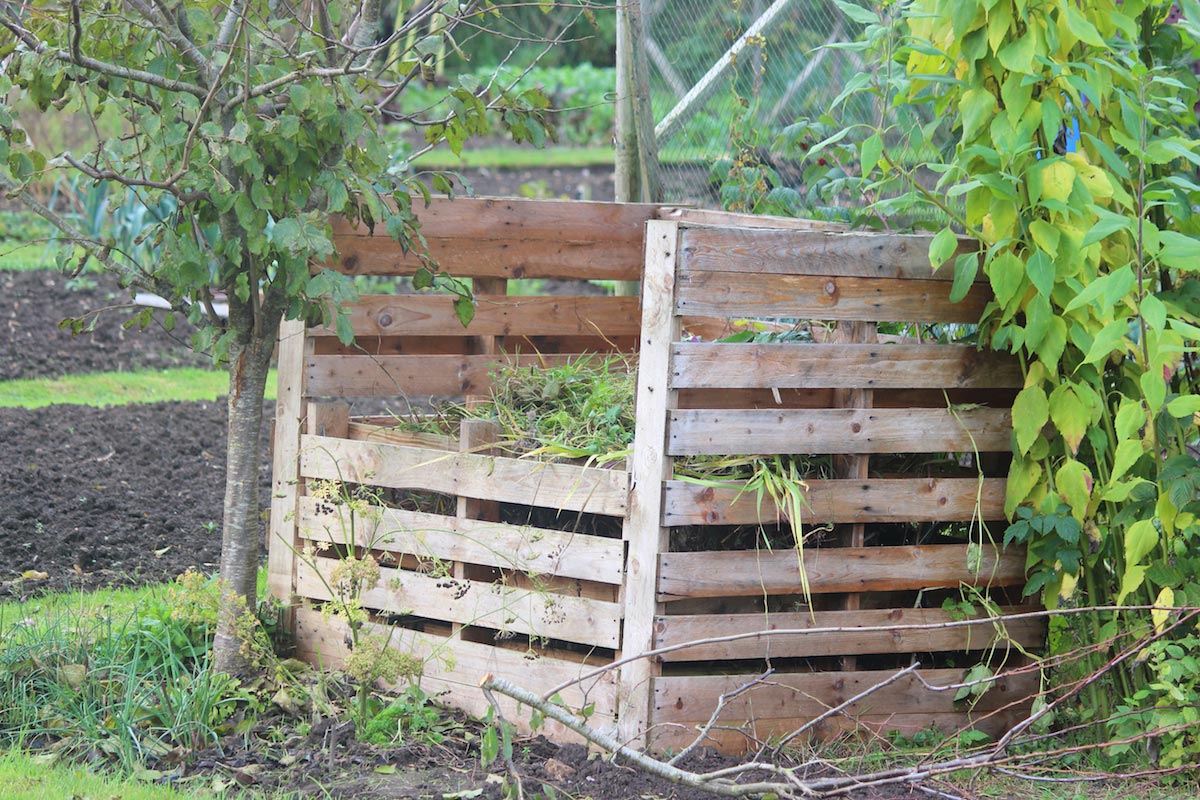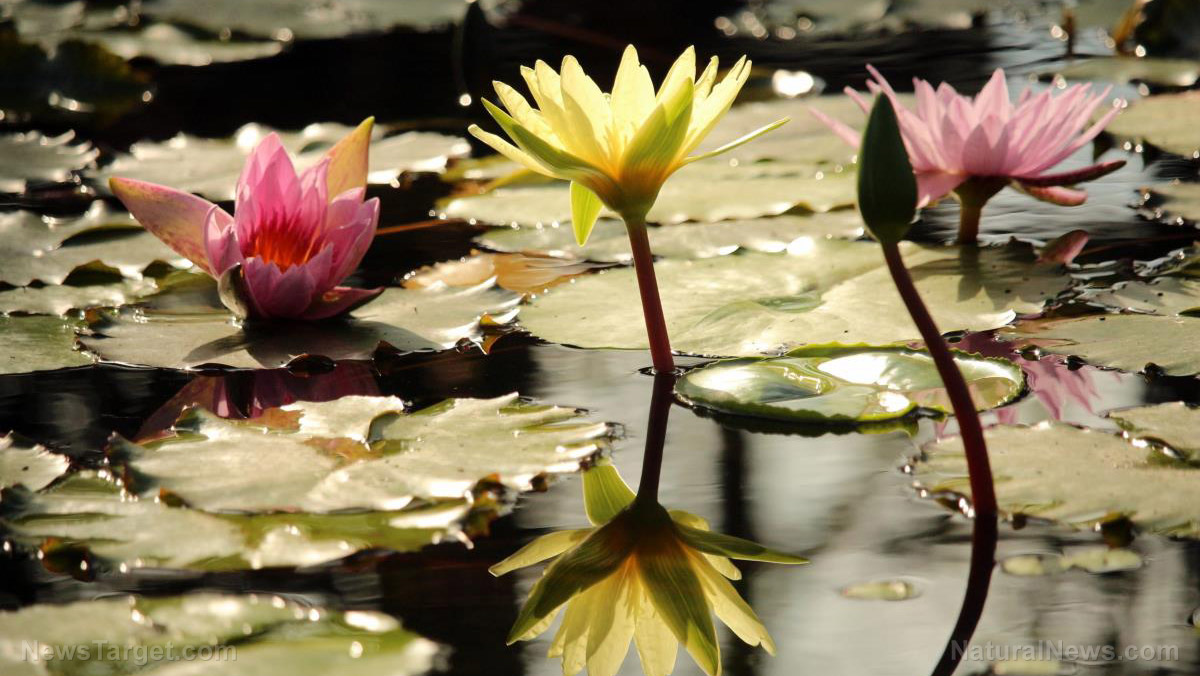What you need to live off the grid without giving up modern comforts
09/03/2018 / By Rita Winters

If you’ve decided to go off the grid, you’ve probably figured out that you have to give up certain electronics as well. But fear not, you don’t necessarily have to give up your smartphones nor your computers!
Getting “off the grid” basically means creating your own electric supply, thus eliminating your reliance on society. So getting rid of your gadgets is unnecessary, and you’ll still be able to browse your favorite recipes and connect with distant relatives and friends.
To successfully get off the grid, you’re going to need to get used to living on limited supplies, including electricity and water. Living self-sufficiently not only helps you live a healthier life, but also helps your environment as well. If you can’t take a bath shorter than 10 minutes, then this lifestyle may not be for you. However, you can always learn or train yourself to do so, and it wouldn’t hurt to try, right?
Refrigerators are the highest electric consumers in the world of electronic appliances. You don’t need to get rid of all your appliances, but instead, choose energy-efficient ones that serve the same purpose. Items like microwaves need to be deleted from your list, since microwaves don’t really do you any good. Smartphones can still be kept, as it can keep you connected to people you care about, and you’ll still have a method of contacting the authorities or medical personnel when emergencies arise.
List down all of the items you can’t live without, but don’t push it. Try not to include too many entertainment options, like television sets or gaming consoles, since living a homesteader’s life is a full-time job. You really won’t have time to use those anyway, so as much as possible, list down things you definitely can’t live without.
Here’s a list of items that are somewhat necessities for new homesteaders:
- Energy-efficient food storage / refrigerator
- An electric fan, for those really hot days
- Your cellphone or smartphone
- ONE computer or laptop, since you really don’t need more than that
- Farming machinery (if you’re looking to invest in them)
- Lighting, but don’t overdo it
This list might be a bit longer or shorter, depending on your lifestyle taste, but don’t defeat the purpose of living the conservative life. Homesteading is all about conservation, so try to practice it way before you move off the grid.
In order for you to power your short list of electronic items, you’ll need to invest in an alternative power source. Most power sources, especially when maintained, give you your whole life’s electric supply. If you have children, this will teach them that entertainment can be found, not in electronics, but in life.
Here are some power options you might want to consider:
- Solar panels (power from the sun)
- Wind turbines (power from the wind)
- Hydraulic generators (power from water)
Amazing how nature can provide you with everything you ever need. Alas, not everyone realizes this. Moving forward, each of these systems create power in their own way, and have their own pros and cons.
Solar panels are proven to work efficiently. These have no moving parts, and require little to no maintenance at all. There are plenty of sizes to choose from, so you can buy a small one first, and later on expand when you have the funds. It works great in sunny areas like the Southwest region. Cons? They’re difficult to install, are a little expensive, and require a battery system so you can store excess power.
Wind turbines, like solar panels, work great when you have an abundance of the natural resource. The U.S. is a windy country, so this is another good option to consider. There are also different sizes, and depending on your electric consumption, you might need only one. However, it also needs a battery system, and since it’s a kinetic machine, will require maintenance for its motorized parts.
Last but not the least, is the hydraulic generator. Powered by natural sources of water, these generators are efficient and reliable when it comes to a steady supply of water. There are a lot of free and accessible water sources in the country, so there is little to no limitation. Like wind generators, water turbines have moving parts as well, so maintenance is needed. Severe droughts may affect your power source though, so consider having a back-up plan, or a battery.
Sources included:
Tagged Under: homesteading, off grid, off the grid, preparedness, rural living, self-reliance, survival




















